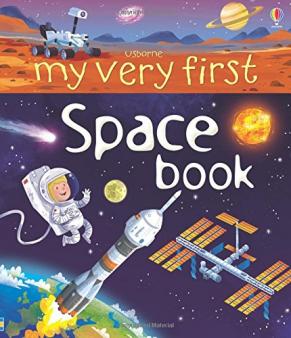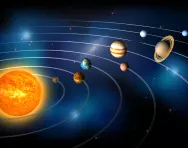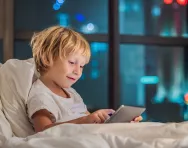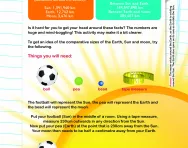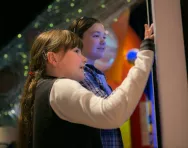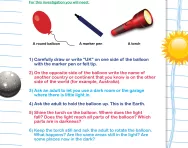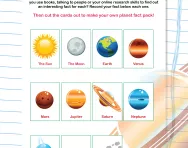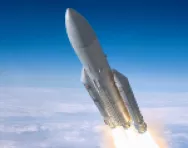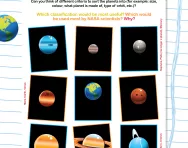Important update from TheSchoolRun
For the past 13 years, TheSchoolRun has been run by a small team of mums working from home, dedicated to providing quality educational resources to primary school parents. Unfortunately, rising supplier costs and falling revenue have made it impossible for us to continue operating, and we’ve had to make the difficult decision to close. The good news: We’ve arranged for another educational provider to take over many of our resources. These will be hosted on a new portal, where the content will be updated and expanded to support your child’s learning.
What this means for subscribers:
- Your subscription is still active, and for now, you can keep using the website as normal — just log in with your usual details to access all our articles and resources*.
- In a few months, all resources will move to the new portal. You’ll continue to have access there until your subscription ends. We’ll send you full details nearer the time.
- As a thank you for your support, we’ll also be sending you 16 primary school eBooks (worth £108.84) to download and keep.
A few changes to be aware of:
- The Learning Journey weekly email has ended, but your child’s plan will still be updated on your dashboard each Monday. Just log in to see the recommended worksheets.
- The 11+ weekly emails have now ended. We sent you all the remaining emails in the series at the end of March — please check your inbox (and spam folder) if you haven’t seen them. You can also follow the full programme here: 11+ Learning Journey.
If you have any questions, please contact us at [email protected]. Thank you for being part of our journey it’s been a privilege to support your family’s learning.
*If you need to reset your password, it will still work as usual. Please check your spam folder if the reset email doesn’t appear in your inbox.
Learning about space in primary school
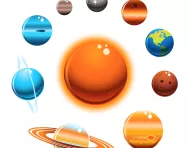
What do children learn about space in primary school?
The Sun is a star at the centre of our solar system. (Don't forget to remind your child that it is dangerous to look at the Sun directly, even when wearing dark glasses.)
Our solar system is currently believed to include eight planets: Mercury, Venus, Earth, Mars, Jupiter, Saturn, Uranus and Neptune, and a ‘dwarf planet’, Pluto. The Earth, Sun and Moon are spherical (approximately).
A moon is a celestial object that orbits a planet. Earth has one moon whereas the planet Jupiter has four and many small ones. Earth's moon is one of the biggest moons compared to the planet it orbits within our solar system. There is no life on the Moon because it has atmosphere (no air or weather). The Moon's gravity is one sixth of the Earth's gravity, which means that objects weigh less on the Moon than they do on Earth.
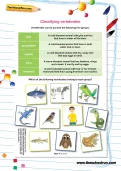
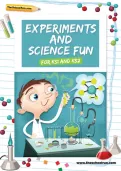
Download fantastic science resources today!
- Experiments And Science Fun pack
- Science Learning Programme for each school year
- All the instructions, questions and information you need
The Moon orbits the Earth. One orbit takes approximately a month (almost 28 days). We only see the part of the Moon that is lit by the sun which is why it appears to be different shapes at different times of the month.
The Earth spins on its axis. One spin takes 24 hours and this is the reason for night and day. As the Earth spins to face away from the Sun it is night and when it is facing the Sun it is daylight.
Because the Earth rotates on its axis the sun appears to move across the sky; in fact it is the Earth moving.
The Earth also orbits the Sun. One orbit takes 365 days (a year).
When are children taught about space?
In Year 5 children will learn about space, specifically:
- Understanding the cause of day and night
- Understanding how the Moon orbits the Earth
- Understanding how the Earth moves in relation to the Sun
- Learning that the Earth, Sun and Moon are roughly spherical
How are children taught about space in primary school?
- The children may learn mnemonics or create rhymes to remember the order of the planets.
- Teachers will use models of the solar system and / or the Earth, Sun and Moon to explain concepts such as day and night.
- Children may create their own models or images of the solar system and use these to explain concepts.
- The children may watch animations of the Earth spinning on its axis or orbiting the sun.
- The children may research the different planets, using a range of sources such as information books and the internet, then present their findings to the rest of the class.
- Children may learn about the different phases of the Moon.
- Children might complete reading comprehension activities to help them learn about space.
- Children may go on a trip to a planetarium.
At-home learning activities about space and the solar system
Expand your child's understanding of our little corner of the universe:
- Go star gazing on a clear evening
- Make a 3D model of our solar system or other space-themed objects with free printable kits from Canon Creative Park
- Look at a globe together and discuss how the Earth spins on its axis
- Research the different planets
- Listen to ‘The Planets’ by Gustav Holst
- Visit the National Space Centre in Leicester
Kerbal Space Program is a science learning game in which each player creates their own space program. The aim of the game is to build a space craft by assembling specific parts and fly it successfully – virtual rocket science without the risks! There's a free demo version to try, or the complete game can be purchased for £30.
Watch the video below for a general introduction to the solar system:
More information about the different types of planets in our solar system is presented in these SciShow Kids videos:








